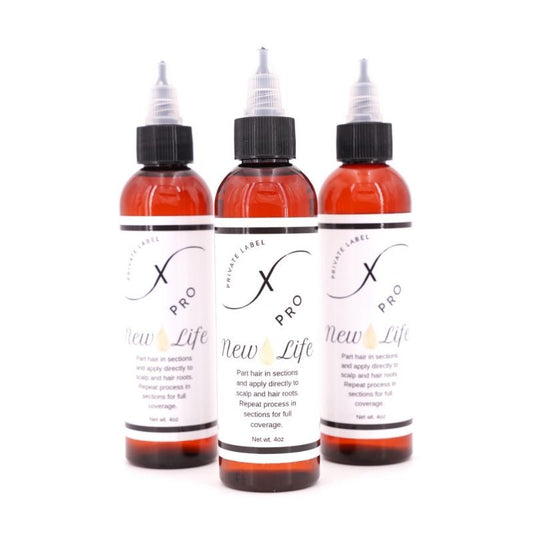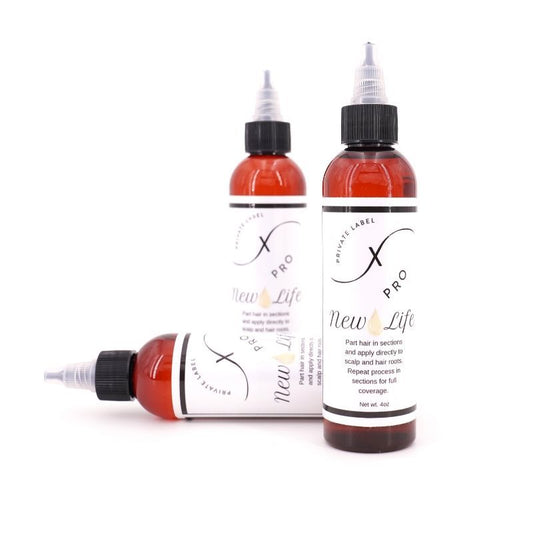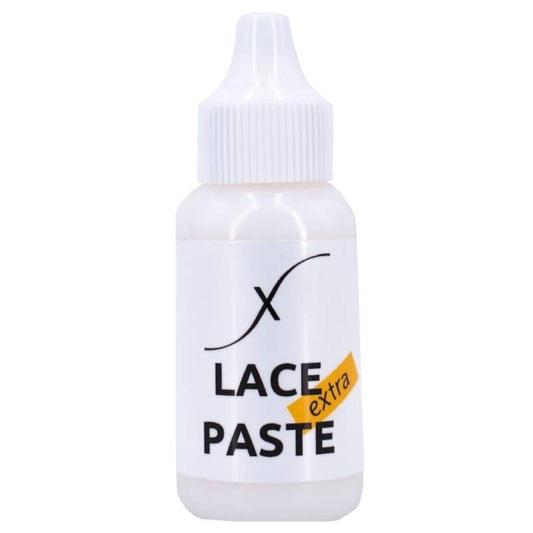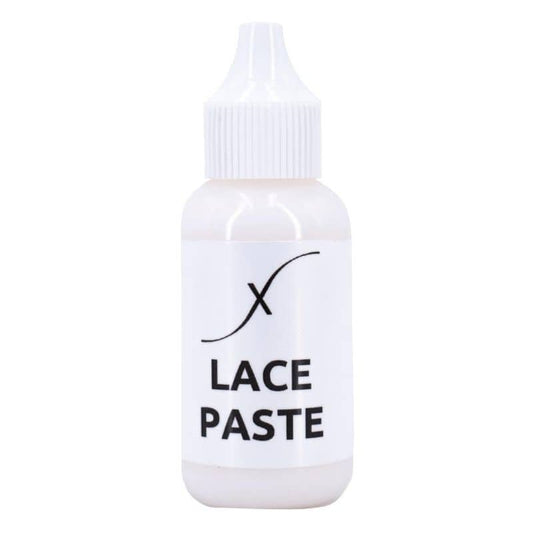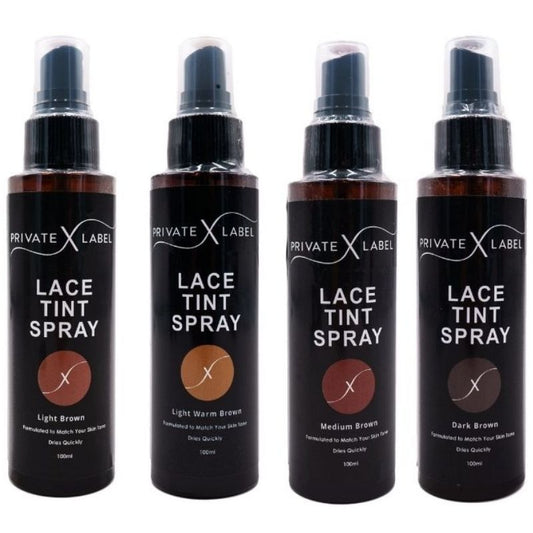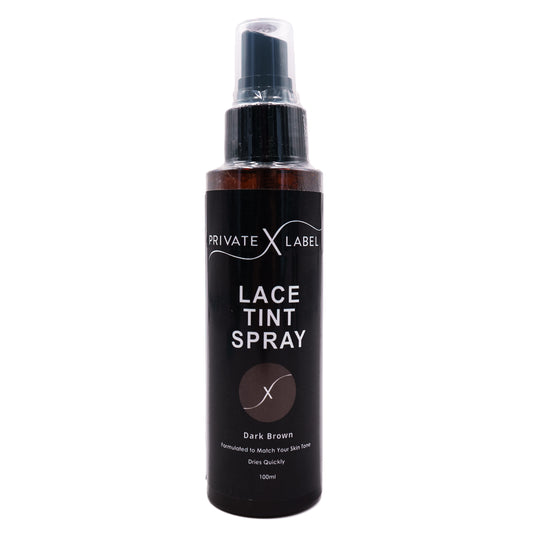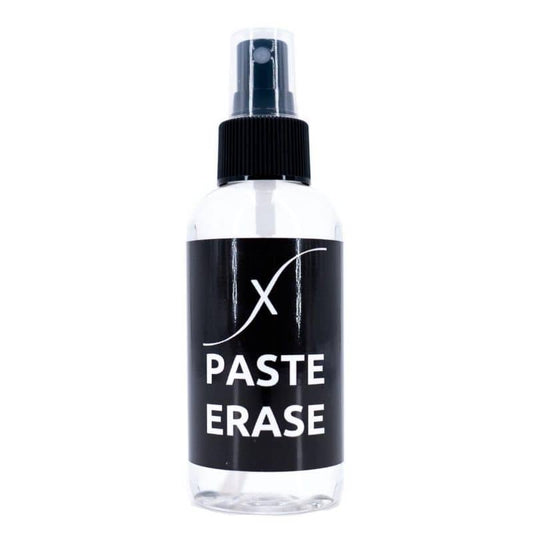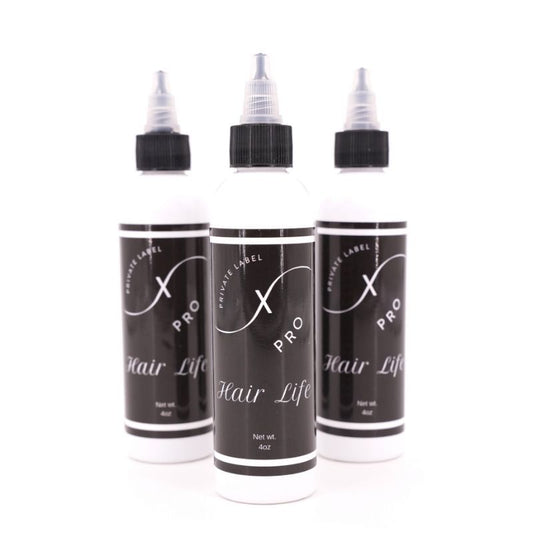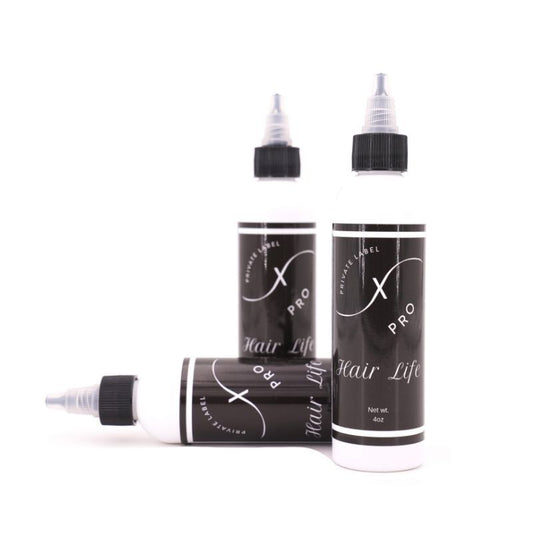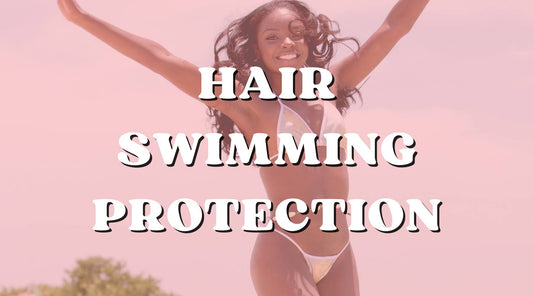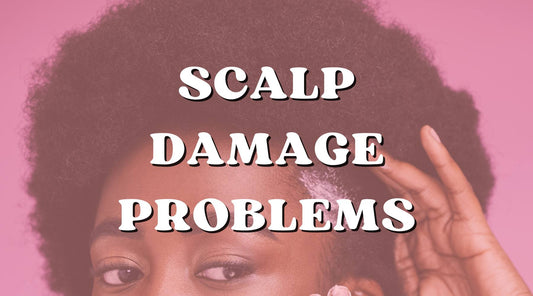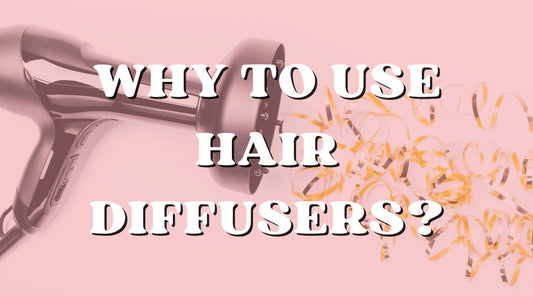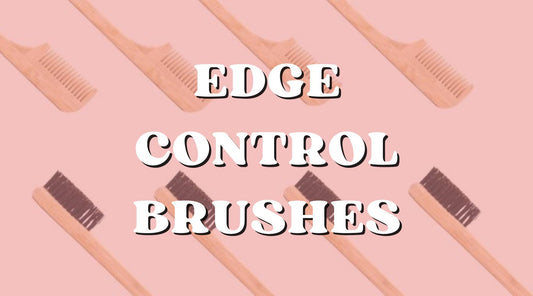1260 Memorial Drive
Atlanta, Georgia 30316
404-458-1330
What Does Hair Heat Damage Really Look Like?
Mikey MoranSo maybe you are new to the hair care life, or perhaps you just started to take it seriously.
No matter where you are, you will always understand the unsteady and inconvenient occurrence of heat damage.
No matter if you have been working hard on your length or if you just began to embrace your curls, heat damage is not particular to any hair type.
There is always a moment in the hair journey where your curls go from popping to "What did I do?" ❤️🩹
Heat damage, the culprit of all culprits and the enemy that all hair bundles lovers fear the most, has been one of the most feared hair disasters next to chemical damage.
So the biggest question is, "What does it look like?" followed by "How can I prevent it?".
Like many methods, the hair journey has to be navigated carefully and according to plan.
Depending on your hair type, heat damage can and will look different and will make your hair appear less healthy than it once was.
To paint a picture of what heat damage looks like will fall into different categories for different people but, nonetheless, will leave your hair dry, brittle, and broken.
However, like many hair catastrophes, there is always a solution and a few methods to help bring your hair back to health.
While you cannot always reverse actual heat damage, you can find a way to make sure that you dodge the heat damage when you apply heat to your hair.

How Does Heat Damage Happen Anyway?
Excessive styling, lack of thermal protection, over-processing, over-manipulation, and the lack of concern for your hair can all be a path to heat damage.
However, it all has to start somewhere, right? To give heat damage, a definition is to propose the idea of when too much heat at a high degree applies to the hair without proper protection.
As a result, you end up with curls that are hard to reverse and a new pattern that is unfamiliar and hard to work with.
While the form of hair straightening is a favorite way to manage your hair and to try new styles, there are specific risks that come with it that are only part of your heat-damaged problems.
Following heat damage, it can lose or gain too much hair porosity, the protein in your hair strips, and it will be harder to retain length with broken matter splitting up the shaft.
To have split ends is one thing, but to throw overly straightened hair in the mix is an entirely different hair beast.
For example, if you decide that you want to straighten your hair one day for a blowout and you go without the proper heat protectant or thermal treatment, you risk causing heat damage and the loss of a curl pattern in a matter of one swift stroke.
Trust me when I say that you will appreciate your curls more than ever at this stage because they are hard to reverse once they are no longer there.
Aside from too many passes of a flat iron, blow dryers and curling irons can also contribute to heat damage and the way our hair reacts to internal temperatures.
Anytime hair goes above a certain degree, we are essentially frying the protein and health out of it.
As time progresses and we continue this process, we start to change the health of our hair.
And where it was once lively, we now have to work harder than ever to get that bounce back.

Your Extensions Can Have Heat Damage Too
Just like the hair that grows out of our heads, the hair that we sew, glue, bond, clip, and bind to our hair can have heat damage, too!
Now, while that may be a shock for some, I am pretty sure some of us know the trauma of purchasing some quality hair bundles with frontals and watching it deteriorate sooner than usual because we did not treat it well.
Ladies, if you want your bundles to thrive, then you must treat it like your own hair. I know many hair companies say to avoid using a product of any kind on extensions, but I have to disagree!
Hair that goes untreated is eventually dry, brittle, and susceptible to damage, especially when the primary focus of the hair is to receive a style that is in place of our own.
If you want your extensions to have the life that they need, use a light oil after washing and conditioning and spray a heat protectant on before blow drying and styling.
Your extensions can have life without taking the life away too soon!
To go the extra step, make sure that you detangle the sections of hair to ensure that the product is reaching all areas that will receive heat.

Is Heat Damage Reversible?
In most cases, reversing heat damage is somewhat possible.
While your hair never returns fully to the state that it was before the heat damage, it does get its appearance of a bouncy body back. However, like most things, looks can be deceiving.
One thing we have to remember is that just because our hair appears healthy does not always mean that it is, especially after heat damage.
Have you ever run your fingers through the head of someone with damaged hair? Your fingers get caught in tangles and knots, and in the end, you take some hair with you.
Not fun, right?
If you are genuinely looking to restore your hair back to health outside of its looks, you will have to cut it!
I know, I know, no one wants to hear that they need to cut their hair for it to be healthy, but in the same respect, you are doing more damage by holding on to dead hair that will eventually break off.
To accurately know if you have heat damage, the first thing you want to do is visit a licensed stylist.
This stylist will be able to tell you where you went wrong and what to stop and start doing.
And you can learn to create a hair care routine to help you restore your hair's health!
All hope is not gone when you have heat damage, girl; the light dulls a little because it is an unexpected change.

How Do I Treat My Hair While I Still Have the Damage?
Showing your hair a little tender, love, and care is the major key when you have heat damage.
After you have picked at your hair questions and maybe even the hair itself, it is time to gather your arsenal of products to restore some of its health until you are ready to take the next steps.
After you have accepted your hair for what it is, pick yourself up and get to work!
The first thing that you want to do for your hair is to wash it and deep condition it.
Some of the best product lines to try are:
- Chi Keratin Duo Shampoo
- Conditioner Ogx Damage Ready + Coconut Miracle Oil Shampoo
- TRESemme Expert Selection Repair & Protect Shampoo
...and many others!
Do not feel limited to those lines, as anything that repairs the broken bonds in your hair will work!
After you have washed your hair, apply conditioner and let it sit for a few minutes.
If you have a heat dryer, sit under it for about 15 to 20 minutes for penetration of the strands.
Once you have deep conditioned, rinse with lukewarm water.

Restore with Hair Masks
Another way to potentially restore your hair is with a hair mask.
It will not only give you a bit of a self-care routine but also give your hair a rest from all of the manipulation that washing does.
To prepare a hair mask, you can either buy one such as:
- Kiehl's Olive Fruit Oil Deeply Repairative Hair Pak
- Shea Moisture Deep Treatment Masque Raw Shea Butter
- Shea Moisture Manuka Honey and Mafura Oil Intensive Hydration Hair Masque
...and many more.
Hair masks are not only known for their restorative properties but are also to add hydration back where damage has occurred.
Are they not sold on the retail brands yet?
Try your hand at a DIY version!
To make your hair mask, you can use anything around the house, in your product stash, and in your kitchen!
Food combinations such as honey and eggs bring the protein and shine back into your hair.
At the same time, others, such as honey and bananas, are said to speed up the restorative process when heat styling goes wrong.
Give a hair mask a try!

Protective Styling for Heat Damage
If you are like me, when I first experienced heat damage, I was in total disbelief.
I did not understand how I could have gone wrong even when using a heat protectant.
It made me realize that sometimes heat styling can be obsessive, even if it is something that you do on a regular. I was not up for the big chopping life!
But I did find something that worked for me until I was ready to cut off the damage entirely.
That was protective styling! I tried different weaves like Medium Brown Body Wave Bundles and different braiding hair styles until I landed on something that worked for me and my hair.
In a way, it was like transitioning to natural all over again because I knew that cutting my hair to a TWA was not going to work for me.
As people who thrives in the beauty industry, I know short hair is not always that popular. Unless you are on the cut life, and sometimes, we all do not want to be a part of that.
Many times, we love the idea of having enough hair to throw into a ponytail on a bad hair day or just enough to put a few cornrows.
No matter what your preference, protective styling is the business!
Not only do you get to try new styles, but you're also letting your hair grow without causing much harm.
Some protective styles that are worth trying are boho braids, Ghana braids, glueless wigs, and even a low bun to protect those ends.
The more you keep your hair under low maintenance, the more time you give your hair to grow out the heat damage.

How Do I Prevent Heat Damage the Next Time I Use Heat?
The most honest answer to knowing when heat damage occurs is to say that sometimes you do not know.
A stylist can be the most experienced beautician, and you could even use a heat protectant to keep away potentially damaged hair.
But the reality is that heat damage is not conclusive because you took preventative methods. If you use heat on a regular, it can still happen.
And even if you use heat once every few months, there is always that possibility.
The best thing to do when using heat is to use precaution.
When flat ironing, try to use lower heat settings while doing the comb chase method. This way, when you want a bone-straight look, you will get it in the first pass.
If you are looking for bouncy, voluminous curls and don't want to use anything more than a blow dryer, try flexi or perm rods.
Curling rods, in combination with light oil and a silk scarf, will get you the curls you love. To get even more volume, try picking apart the curls gently and a little hairspray for them to hold.
When you must use heat, extending your hairstyle can be a breeze even without flexi and perm rods. If your hair is bone straight, use the wrapping method!
All you will need to do this is a paddle brush, a few bobby pins, and your silk scarf. 🧣
That is how your wrap should look to keep its bounce the next day. Nonetheless, when you are looking to prevent heat damage, there is no one answer.
However, there are a few ways and methods to pull you through the hair disaster if it happens to you.
So, in all, what have we learned about heat and our hair? I would say so many things that shift our perspective outside of the external looks.

